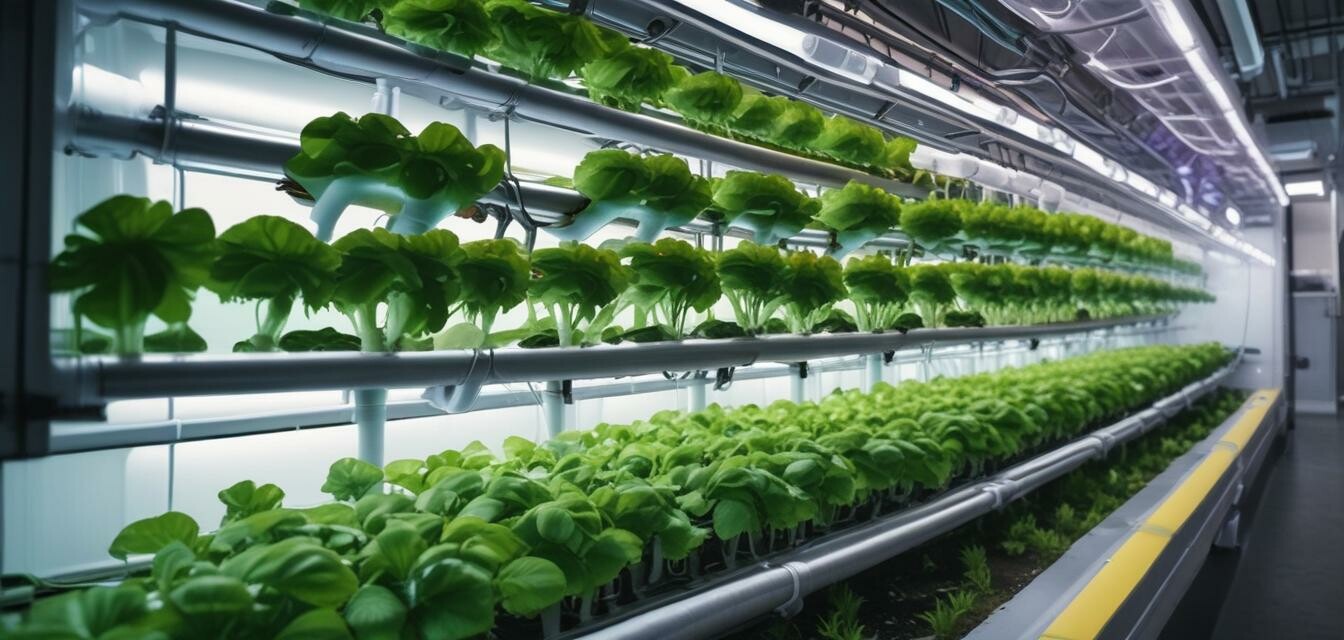
Global Trends in Hydroponic Farming
Key Takeaways
- The hydroponic farming market is rapidly expanding due to increasing urbanization and the need for sustainable agriculture.
- Cultures worldwide are adopting hydroponics, leading to unique adaptations tailored to local climates.
- Advancements in technology are enhancing the efficiency and productivity of hydroponic systems.
- Hydroponics offers solutions to food insecurity in urban areas by maximizing limited space.
Hydroponic farming is not just a modern twist on agriculture; it's a revolutionary approach that's reshaping the eating habits of people globally. Its evolution, from a niche practice to a predominant method of cultivation, is changing how we view food production, particularly in urban settings. Let's delve into the global trends in hydroponic farming and how they are tailored to various cultures and climates.
1. Expansion of Hydroponic Farming
The hydroponics industry has witnessed significant growth in recent years. Urban populations are pushing the need for local food sources that require minimal land but provide high yields. In many cases, hydroponics has proven to be the solution.
1.1 Market Growth and Valuation
According to recent market analysis, the hydroponics market is expected to reach billions in valuation within the next five years. This growth is driven by:
- Increased demand for fresh produce year-round
- Decline of arable land in urban areas
- Awareness of sustainable farming practices
2. Technological Advancements
One of the key drivers of this trend is advancements in technology. Innovations are making hydroponic systems more efficient and accessible than ever before. Key technological advancements include:
| Technology | Description | Benefits |
|---|---|---|
| Automated Systems | Systems that monitor and adjust nutrient levels and light. | Reduces labor costs and increases crop yield. |
| LED Grow Lights | Energy-efficient lighting designed specifically for plant growth. | Enhanced growth rates and lower energy costs. |
| Mobile Applications | Apps that help manage hydroponic systems remotely. | Convenient monitoring from anywhere. |
3. Cultural Adaptations
Different cultures are adopting hydroponic methods that fit their unique environments and preferences. Here are a few examples:
3.1 Urban Agriculture in Japan
Japan has embraced hydroponics within its urban environments, utilizing small spaces effectively. Vertical farms are becoming common in cities like Tokyo, where land is scarce.
3.2 Community Hydroponic Gardens in the USA
In cities across the USA, community gardens that use hydroponics are developping, allowing neighborhoods to band together to grow their own fresh produce.
3.3 Hydroponics in Developing Nations
Countries in Africa and Asia are turning to hydroponics to combat food insecurity and resource scarcity. Local adaptations often include using recycled materials for systems, which help keep costs down.
4. Environmental Impact
Hydroponic farming is generally seen as a sustainable alternative to traditional agriculture. It offers several environmental benefits such as:
- Utilization of less water when compared to soil farming.
- Reduced need for pesticides and herbicides, leading to fewer chemicals released into the environment.
- Ability to produce food in urban areas, minimizing transport emissions.
5. Future Trends
The future of hydroponic farming looks bright with emerging trends. Some anticipated developments include:
- Increased government support and funding for hydroponic initiatives.
- Further integration of artificial intelligence in monitoring systems.
- Expansion of educational programs centered around hydroponic agriculture.
Pros
- Maximizes space efficiency in urban settings.
- Faster plant growth and higher yields.
- Sustainable and energy-efficient food production.
- Adaptable to various climates and cultural practices.
Cons
- Initial setup costs can be high.
- Requires technical knowledge to manage effectively.
- Potential dependence on technology for success.
Conclusion
As hydroponic farming continues to expand globally, its adaptability to different cultural contexts and climates will define its progress. With ongoing technological advancements and a growing awareness of sustainable practices, hydroponics is not just a trend; it's a transformative approach to modern agriculture. Stay informed on the latest news and trends in hydroponics to keep up with this dynamic field. For more insights, check out our News and Trends page and explore related topics like Hydroponic Systems and Nutrient Solutions.

